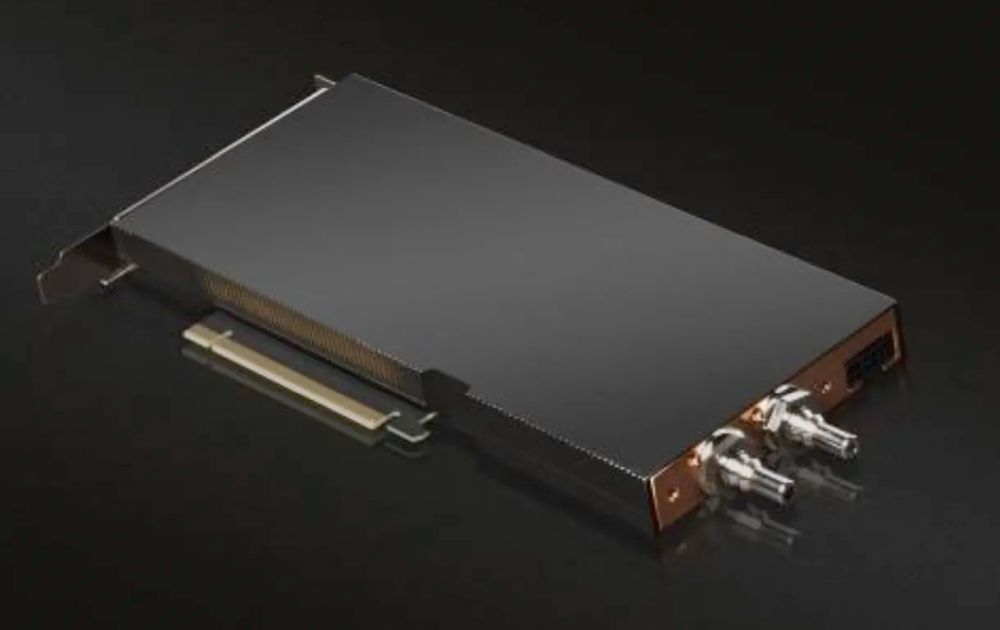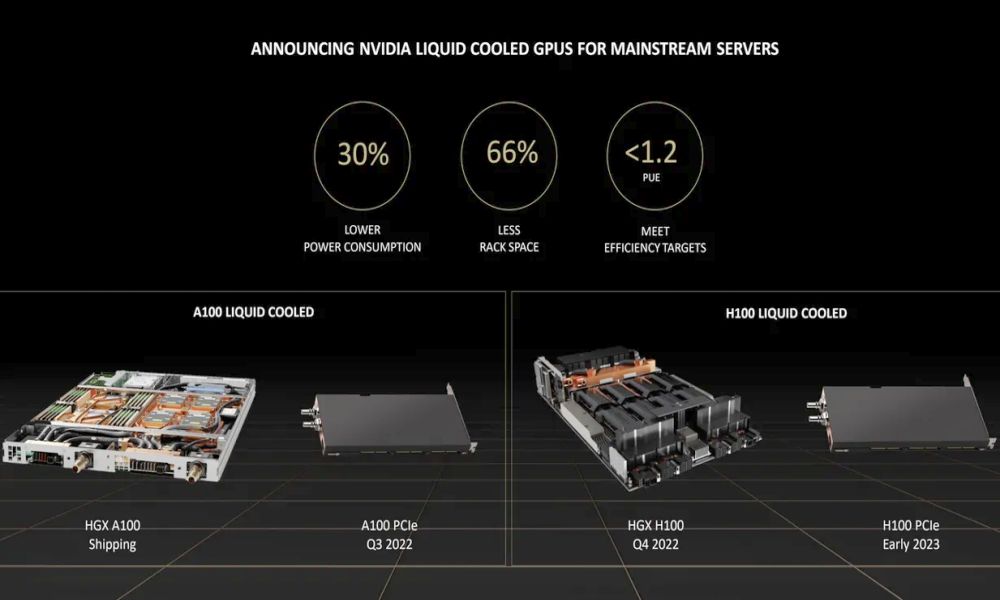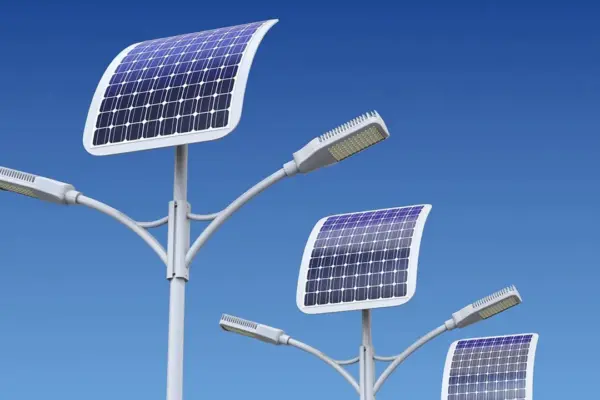Nvidia Unveils Liquid-Cooled GPUs to Reduce Energy Consumption
Nvidia has introduced its new liquid-cooled graphics processing units for sustainable and lesser energy consumption
Many talented engineers are at AMD and Intel are trying to make their CPUs highly power-efficient with less heat generation. However, Graphics chip-maker Nvidia has come up with its liquid-cooled graphics processing units. With their new GPUs, the company aims to offer a more efficient for various data center customers. And, that too in a sustainable way!
At the recent ‘Computex 2022’ event, the company revealed its liquid-cooled version of the A100 graphics card. This liquid-cooled graphic card consumes only 30-percent less energy than the regular air-cooled model.

Image: The Verge
According to Nvidia, data centers utilize only one perfect of the electricity in the world. But 40-percent of that is vital to cool it down. So, reducing it to almost a third would make a big impact. However, the liquid-cooled GPUs are just one part of this whole equation.
Even network storage equipment and CPUs require power, as well as need cooling. Therefore, the company believes that their new GPU systems with liquid cooling will be highly efficient than the CPU serving on various high-performance tasks, including AI.

Image: The Verge
With the new liquid cooling system, the company promises that it will recycle fewer amounts of fluids in the closed systems. And, these closed units will further focus on the main hot spots. Nvidia’s team also mentions that liquid-cooled GPUs and data centers pack double computing in a similar space. That’s because the new liquid-cooled GPUs make use of only one PCIe slot more than the air-cooled A100 GPUs that need two.After the launch of these promising liquid-cooled data centers, many system makers are planning to integrate them into their offerings by the end of this year. Some of those system makers are Inspur, ASUS, xFusion, Foxconn Industrial Internet, H3C, GIGABYTE, Supermicro, Inventec, Nettrix, QCT, and Wiwynn.
The best part is that this technology won’t be limited to data centers. In fact, cars and various other systems can utilize it for cooling their high-performance system in built-in confined spaces. In the future, the company also hopes to see these cards offering higher performance for lesser energy use.
Via: TheVerge


